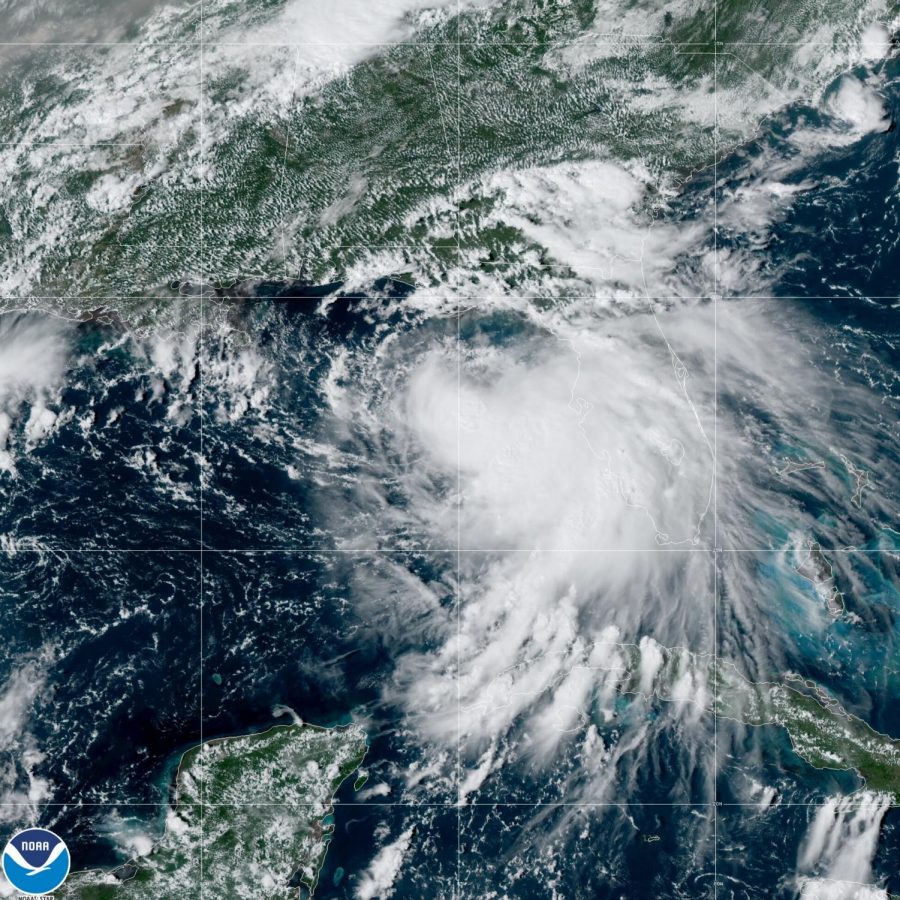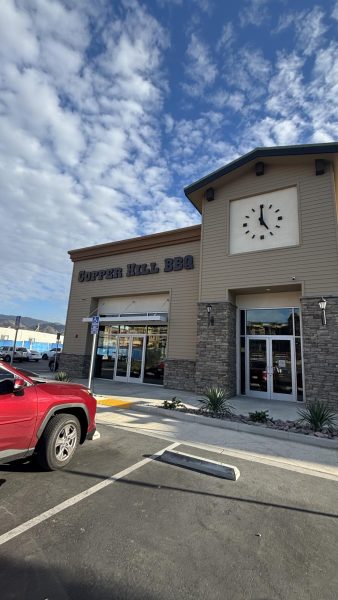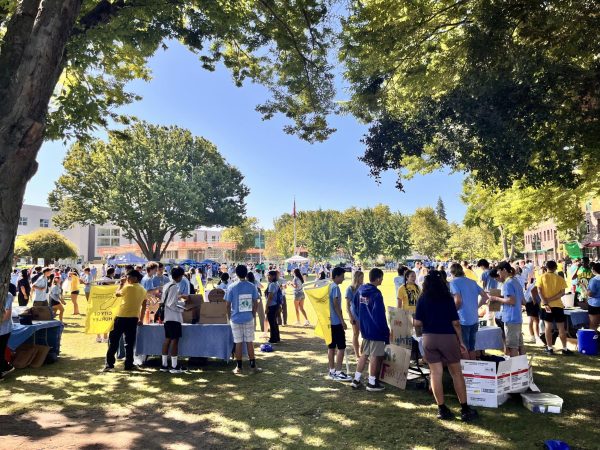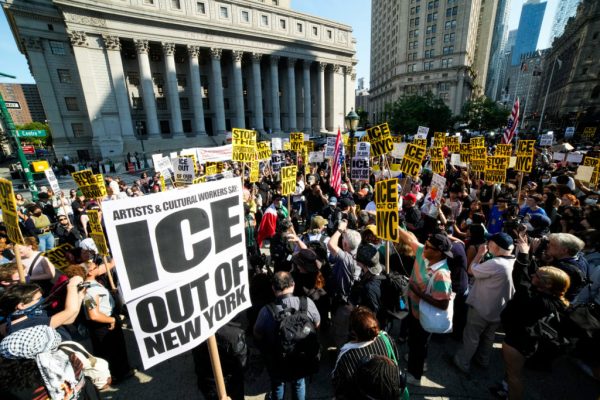Tropical Storm Sally
NOAA (National Oceanic and Atmospheric Administration)
Storm Sally can be seen from a satellite in outer space.
Whew. Mother Nature is battling a boat full right now: extreme heat, ravaging fires, bad air quality, and a devastating pandemic. To amplify that, a Tropical Storm by the name of Sally has wreaked havoc in the states of Florida, Arkansas, and other nearby areas.
Storm Sally has been labeled as a Category 2 hurricane, causing winds to reach 110 miles per hour and massive amounts of rainfall. As of Wednesday, September 14, 2020, Pensacola, Florida had 30 plus inches of rain due to the roaring Sally storm. This vast amount of rainfall is much greater than normal precipitation levels.
With mass amounts of rain comes mass amounts of flooding. Cities in Florida and Alabama are currently submerged in water or dealing with high levels of flood damage. This natural disaster has defaced much property, both personal and public.
A large chunk of Florida’s famous 3-mile bridge has been destroyed after the flooding caused by Storm Sally. Many homes and residential areas have been damaged due to the immense amounts of rainfall as well, though the exact number is not yet available.
This storm has also left many without power and electricity. According to CNN reports, almost half a million residents in Florida and Alabama have lost power as flood warnings continue to increase, and rain pours down from the dark and stormy clouds.
The damage to local businesses and homes from this storm has been vast. Large items and trash have been displaced from the powerful floodwaters, leaving homeowners devastated with the amount of residue left to clean and property to rebuild.
Currently, Storm Sally is still making its way through the Eastern States of the United States of America and the Gulf Coast.
While waters reach a level high in some areas, and fires burn down mountainsides at others, some scientists note that these extreme weather conditions all seem to have a similar cause: climate change caused by global warming.
The best we can do for this situation is to hope, and to work for a change.
Your donation will support the student journalists of Canyon High School. Your contribution will allow us to pay for our print issue magazine, website, and equipment costs.







